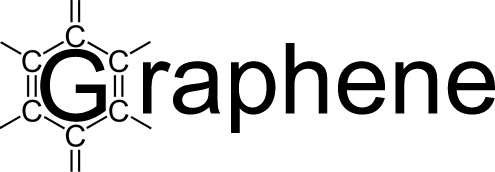The phantom heat of empty space might soon be detectable
A Hiroshima University team has designed a feasible way to detect the Unruh effect, where acceleration turns quantum vacuum fluctuations into observable particles. By using superconducting Josephson junctions, they can achieve extreme accelerations that create a...
Scientists brew “quantum ink” to power next-gen night vision
Toxic metals are pushing infrared detector makers into a corner, but NYU Tandon researchers have developed a cleaner solution using colloidal quantum dots. These detectors are made like “inks,” allowing scalable, low-cost production while showing impressive...
HydroGraph and SEADAR Technologies to jointly advance graphene-enhanced maritime applications
Graphene producer HydroGraph and SEADAR Technologies, developers of subsea radar systems, have signed a letter of intent to integrate HydroGraph’s graphene materials and coating technologies into SEADAR’s current and future undersea products.The letter of intent...
New Ni-MOF and graphene composite to boost battery performance
Researchers from China's Guizhou University, Liupanshui Normal University and Moutai Institute have developed a composite combining needle-shaped Nickel Metal-Organic Framework (Ni-MOF) with graphene (GR), to enhance lithium-ion battery anodes by addressing...
Scientists finally capture water’s hidden state that’s both solid and liquid
Water, though familiar, still hides astonishing secrets. When squeezed into nanosized channels, it can enter a bizarre “premelting state” that is both solid and liquid at once. Using advanced NMR techniques, Japanese researchers directly observed this strange new...
Scientists just made atoms talk to each other inside silicon chips
Researchers at UNSW have found a way to make atomic nuclei communicate through electrons, allowing them to achieve entanglement at scales used in today’s computer chips. This breakthrough brings scalable, silicon-based quantum computing much closer to...
Precision defect engineering can yield improved graphene
Researchers from several institutions. including the University of Nottingham, University of Warwick and Diamond Light Source, have developed a novel approach to controlling structural defects in graphene, enhancing its functionality for a range of technological...
NanoXplore to supply graphene to Chevron Phillips Chemical (CPChem)
NanoXplore has announced that it has entered into a 'significant supply agreement' with Chevron Phillips Chemical (CPChem). This multi-year supply contract is to provide Tribograf™, a proprietary carbon product produced in NanoXplore’s graphene production facility...
